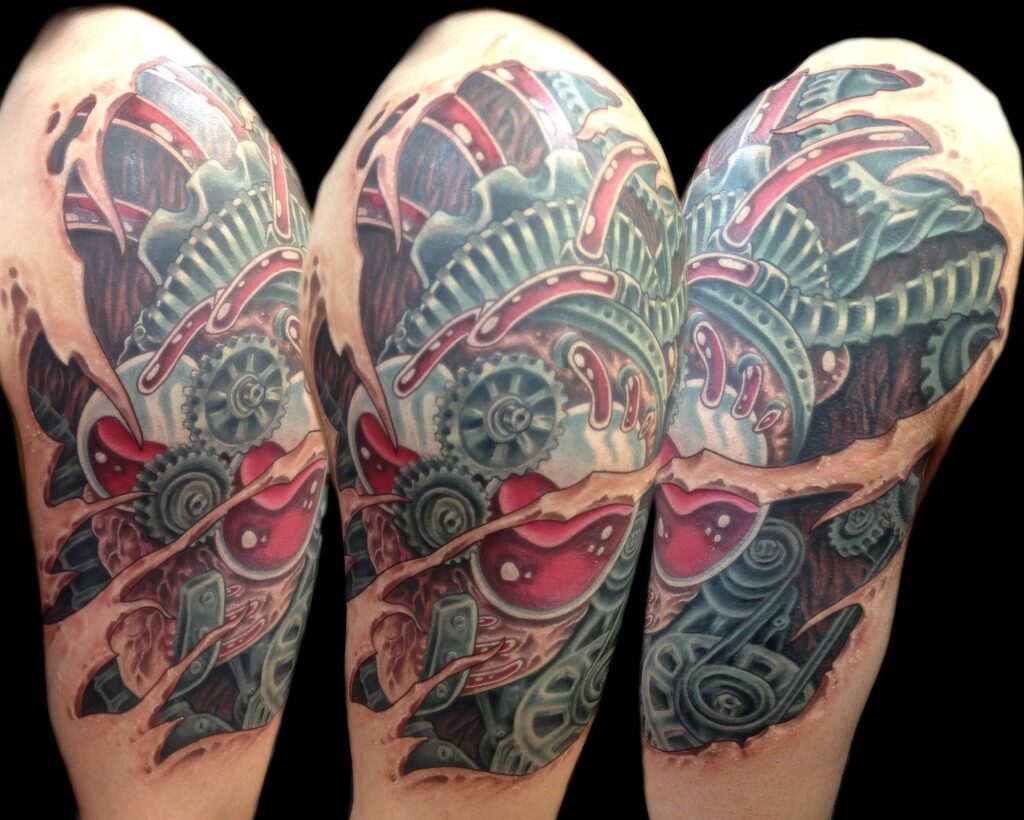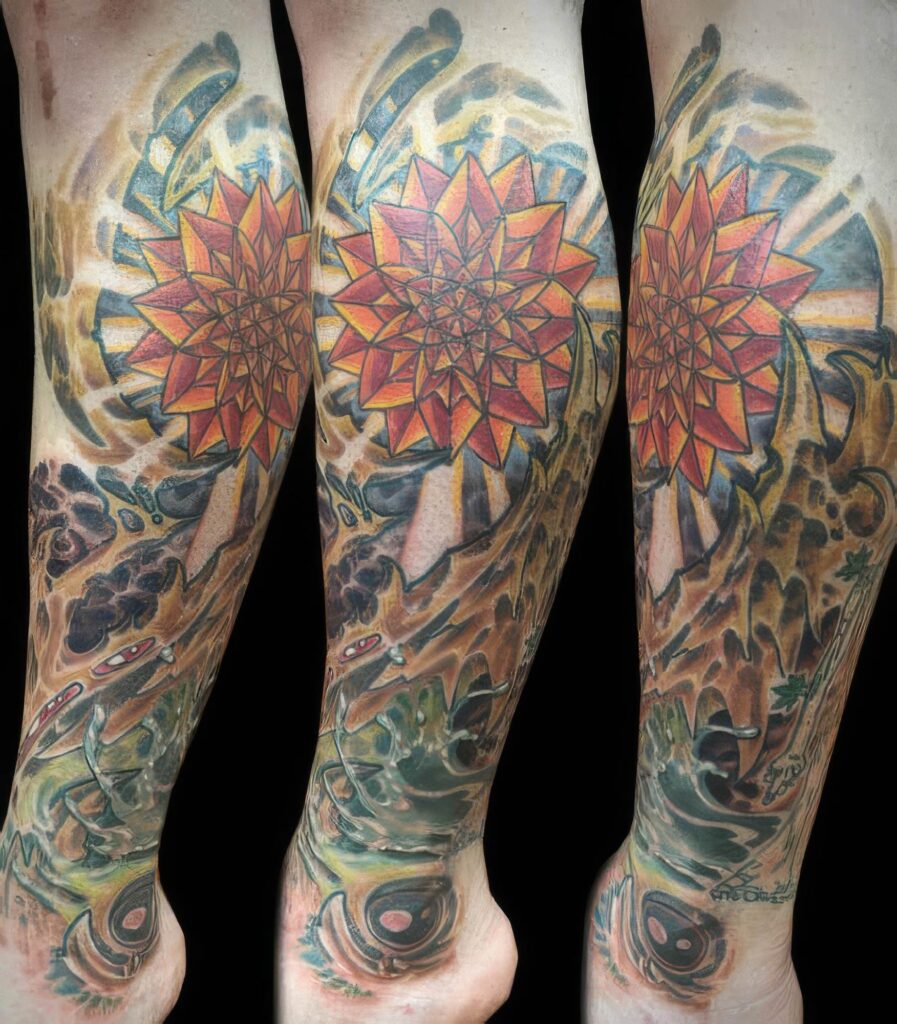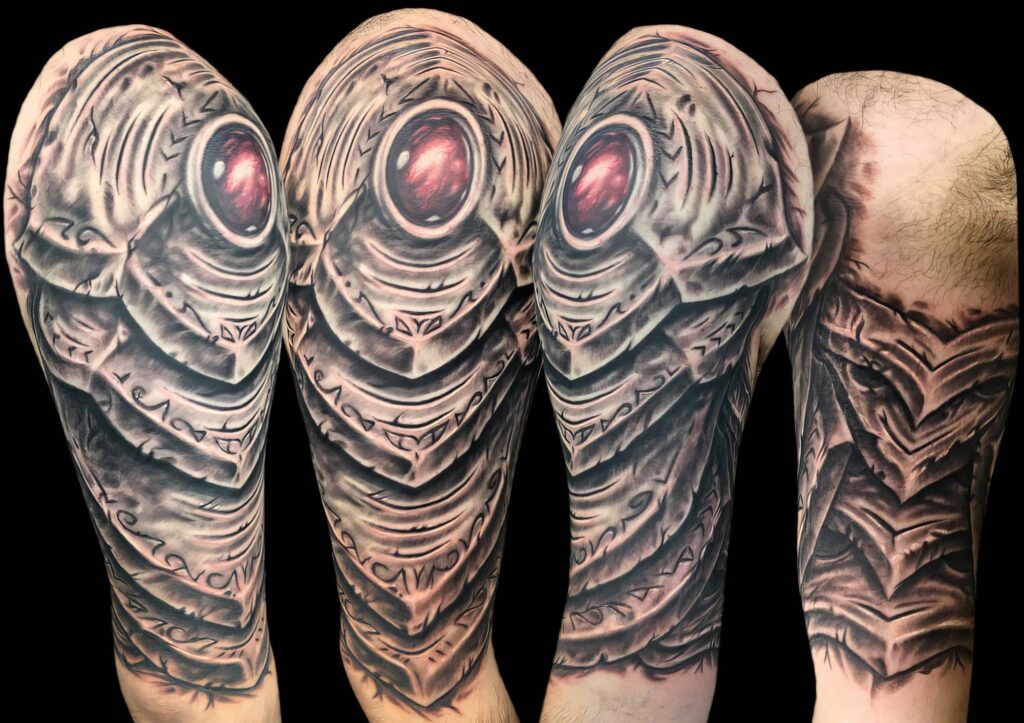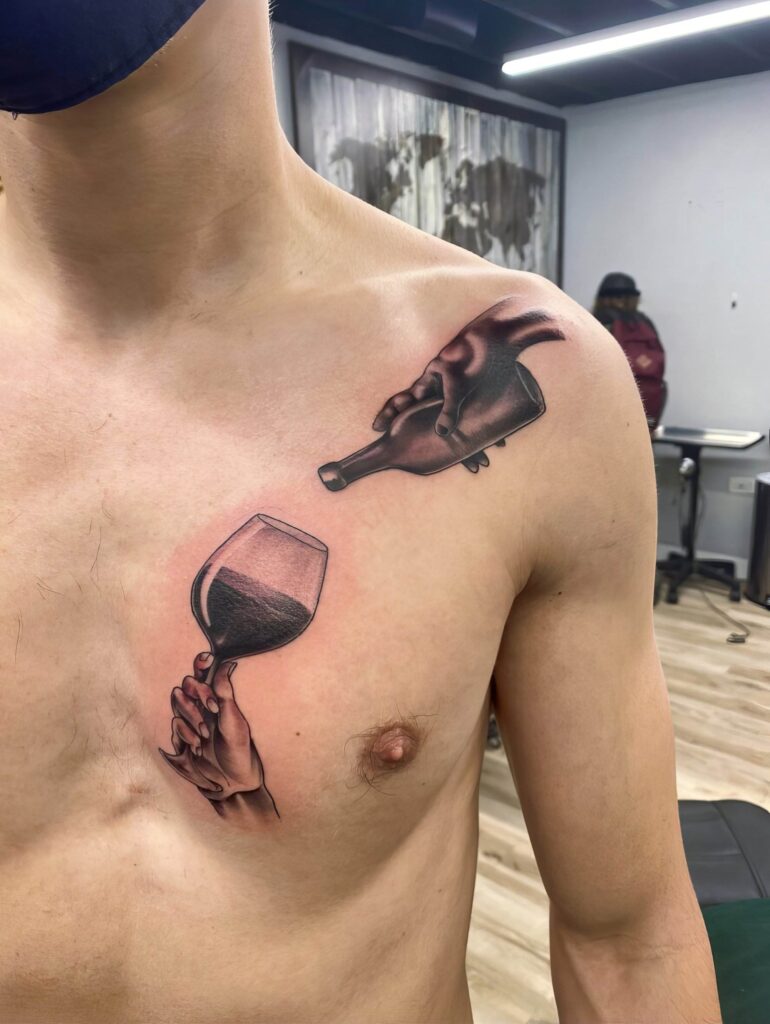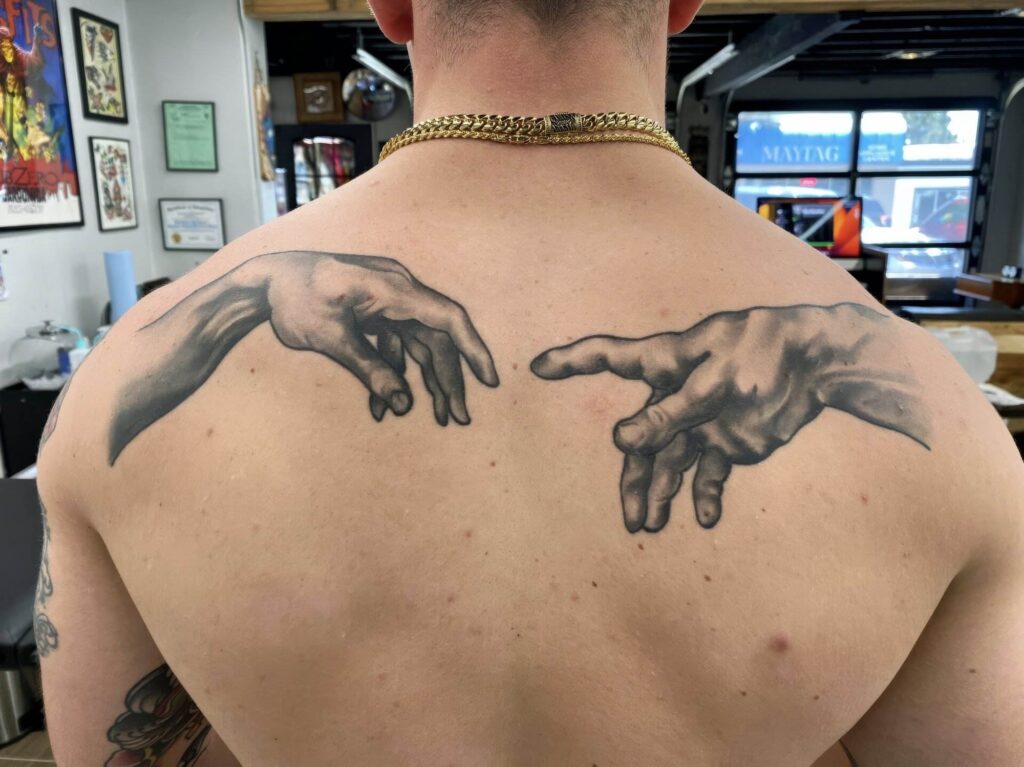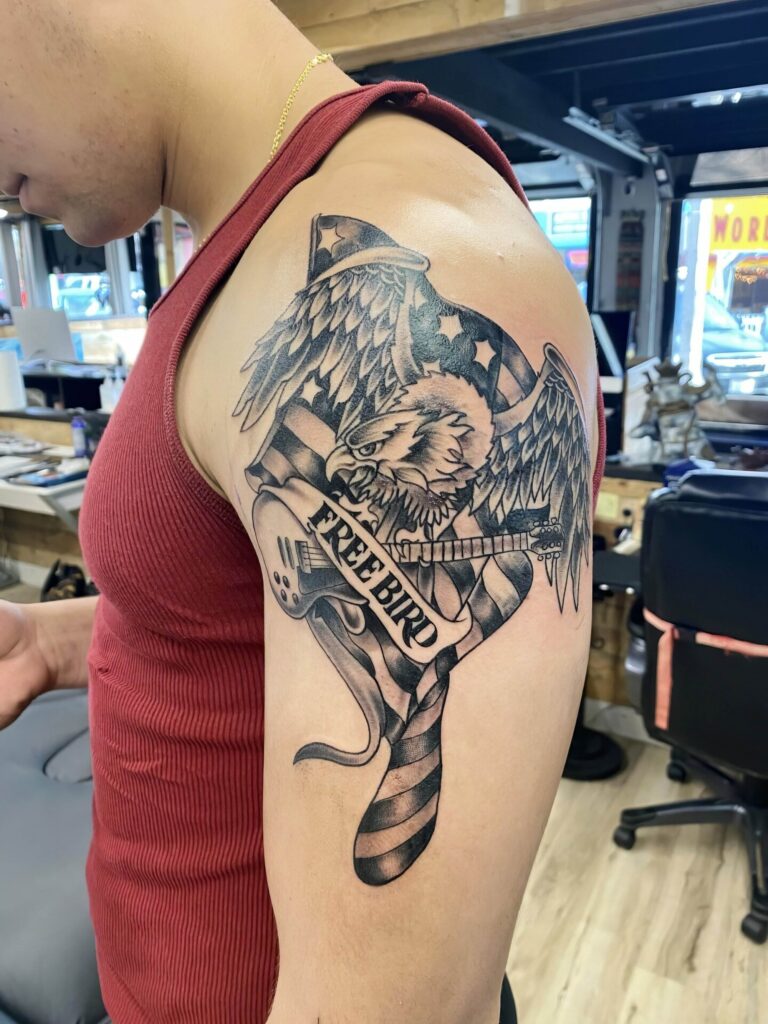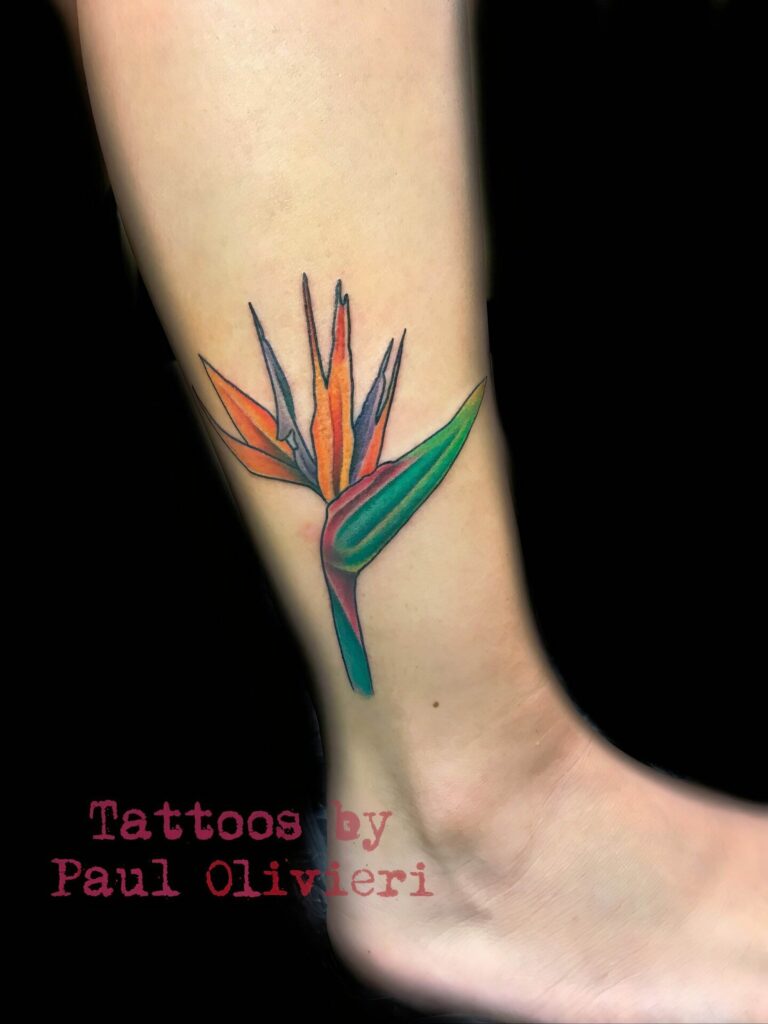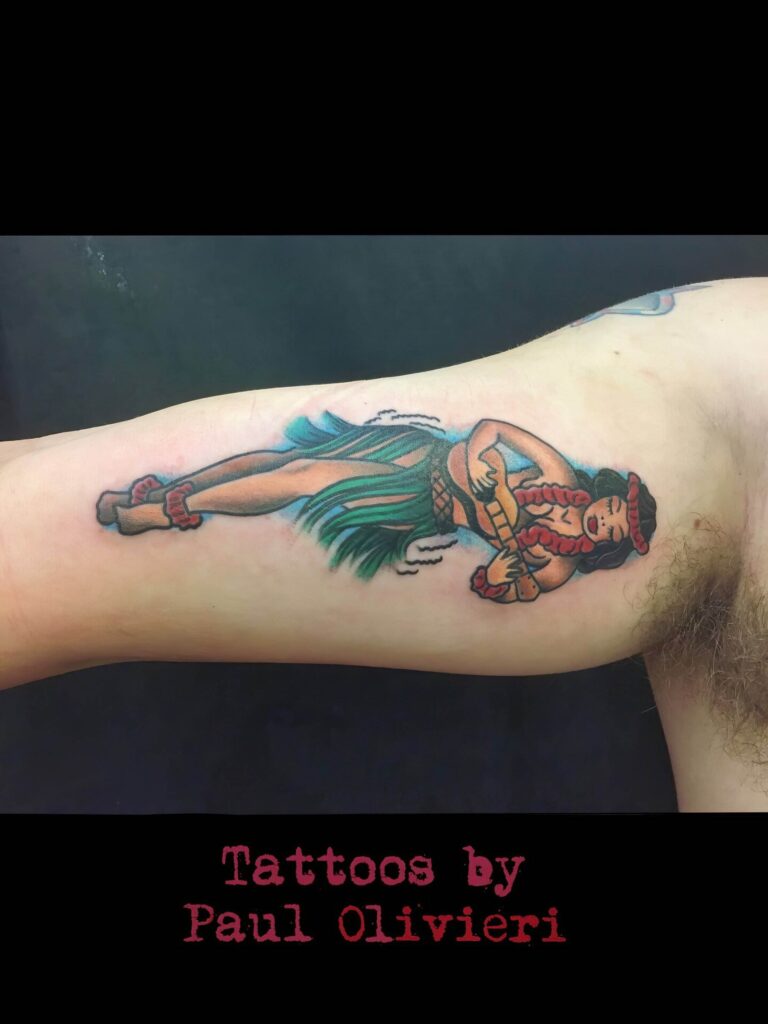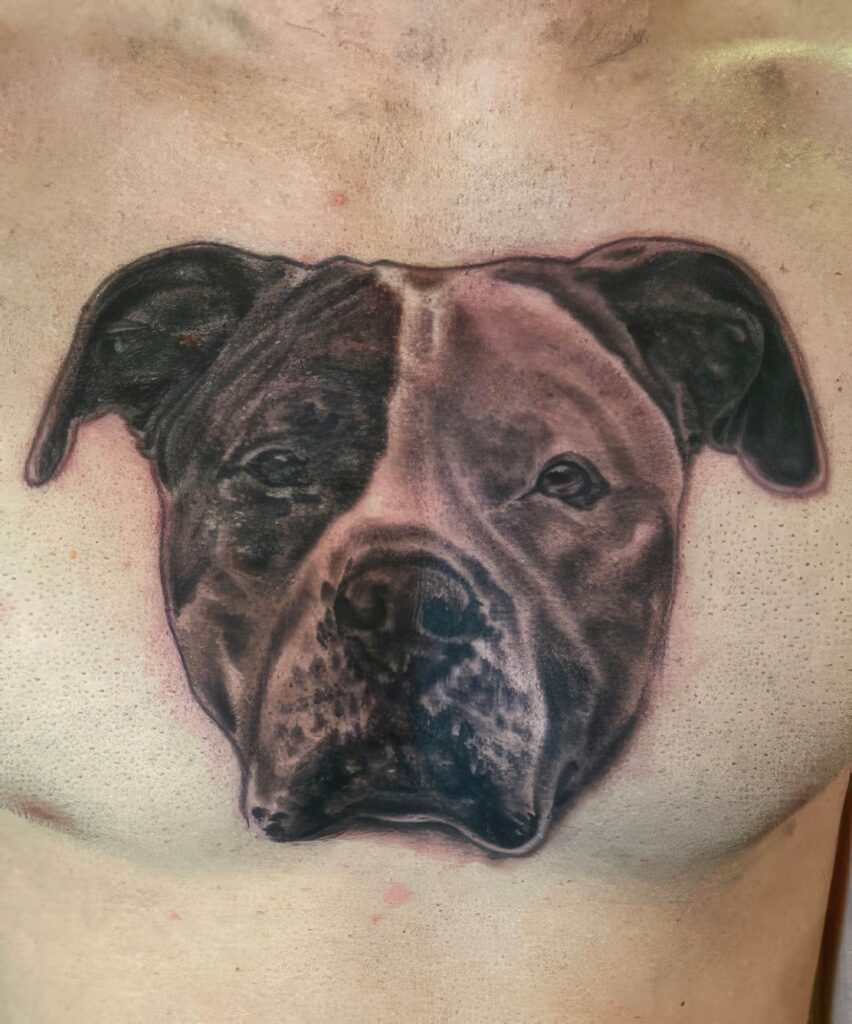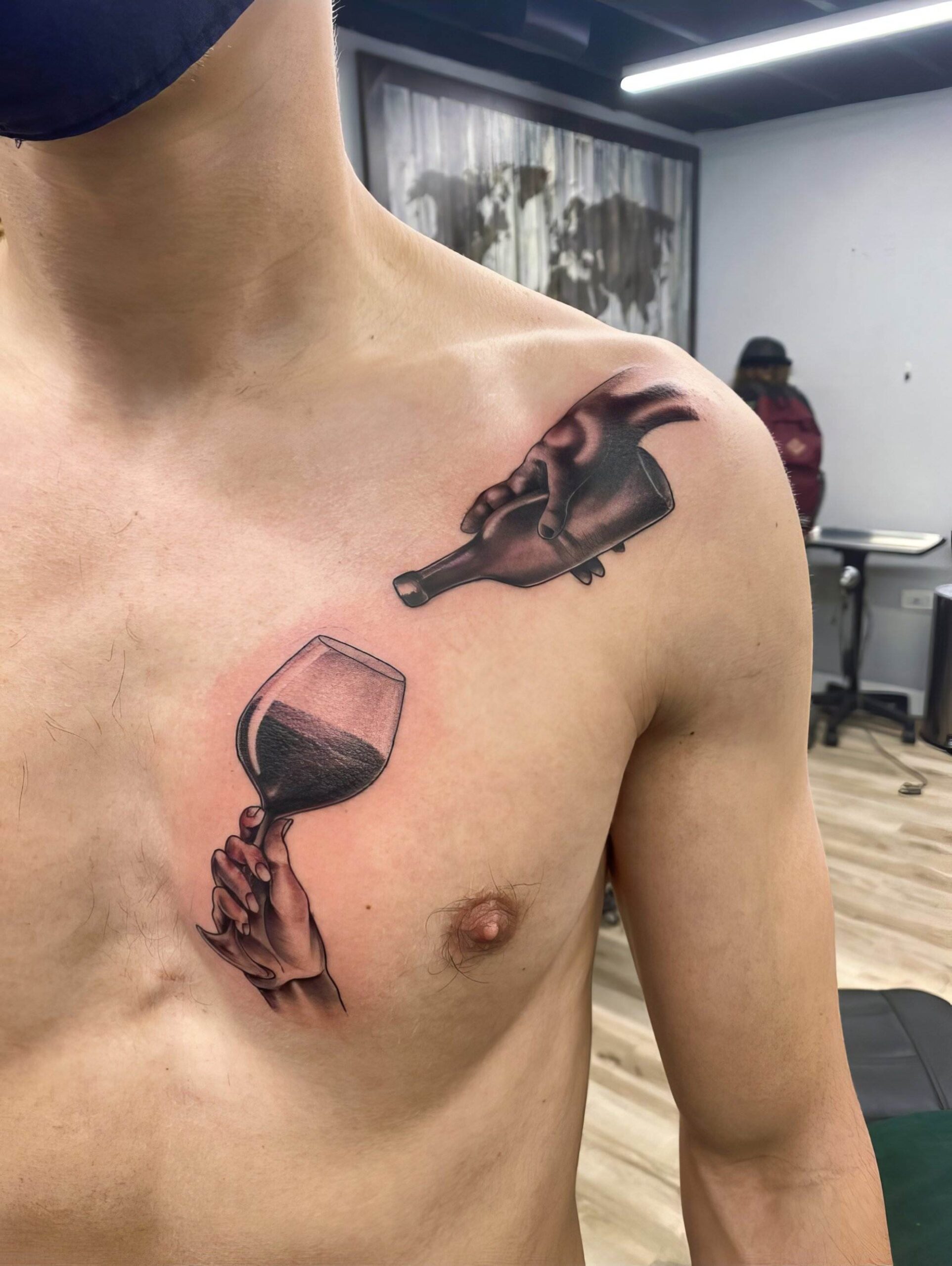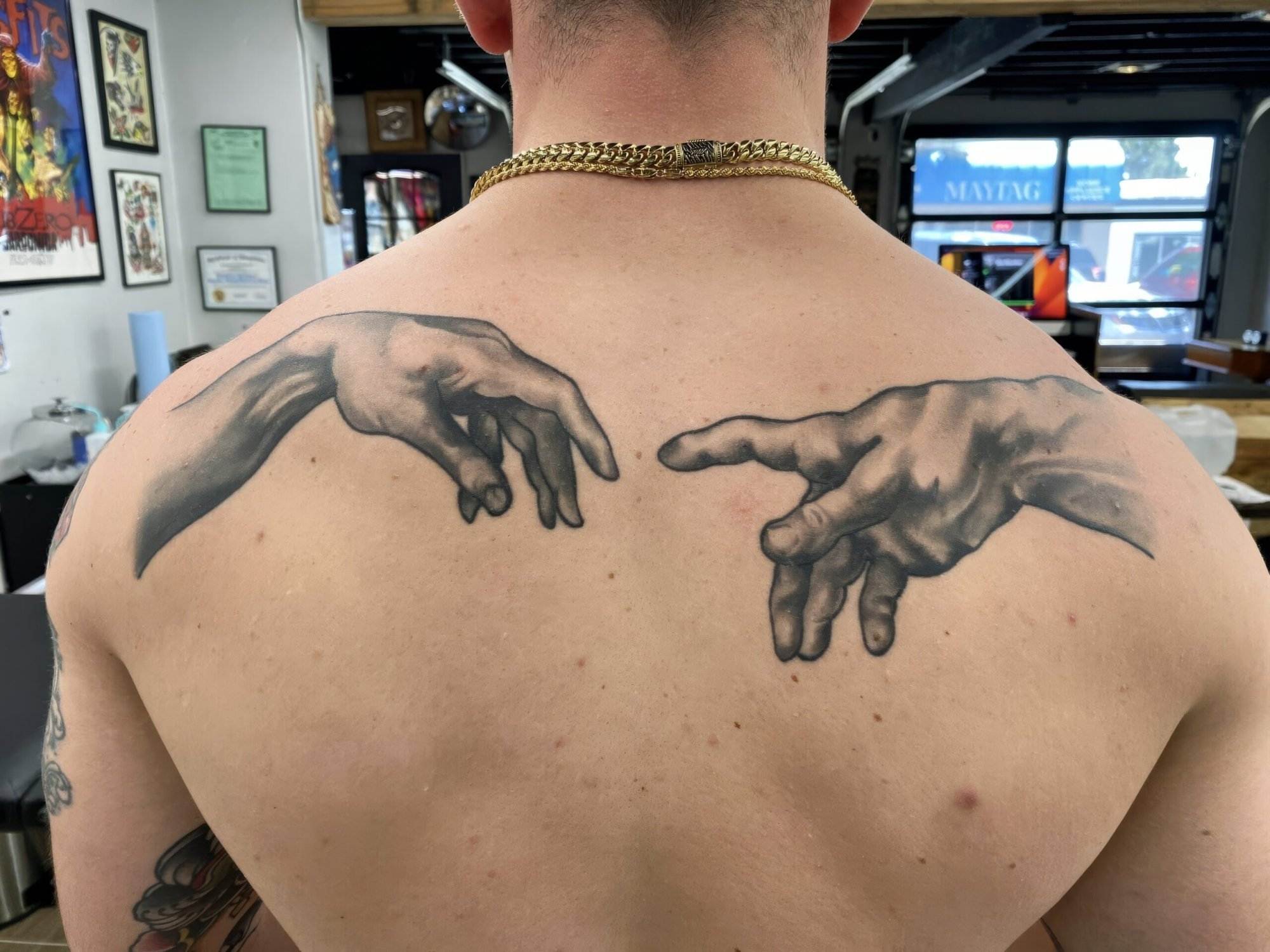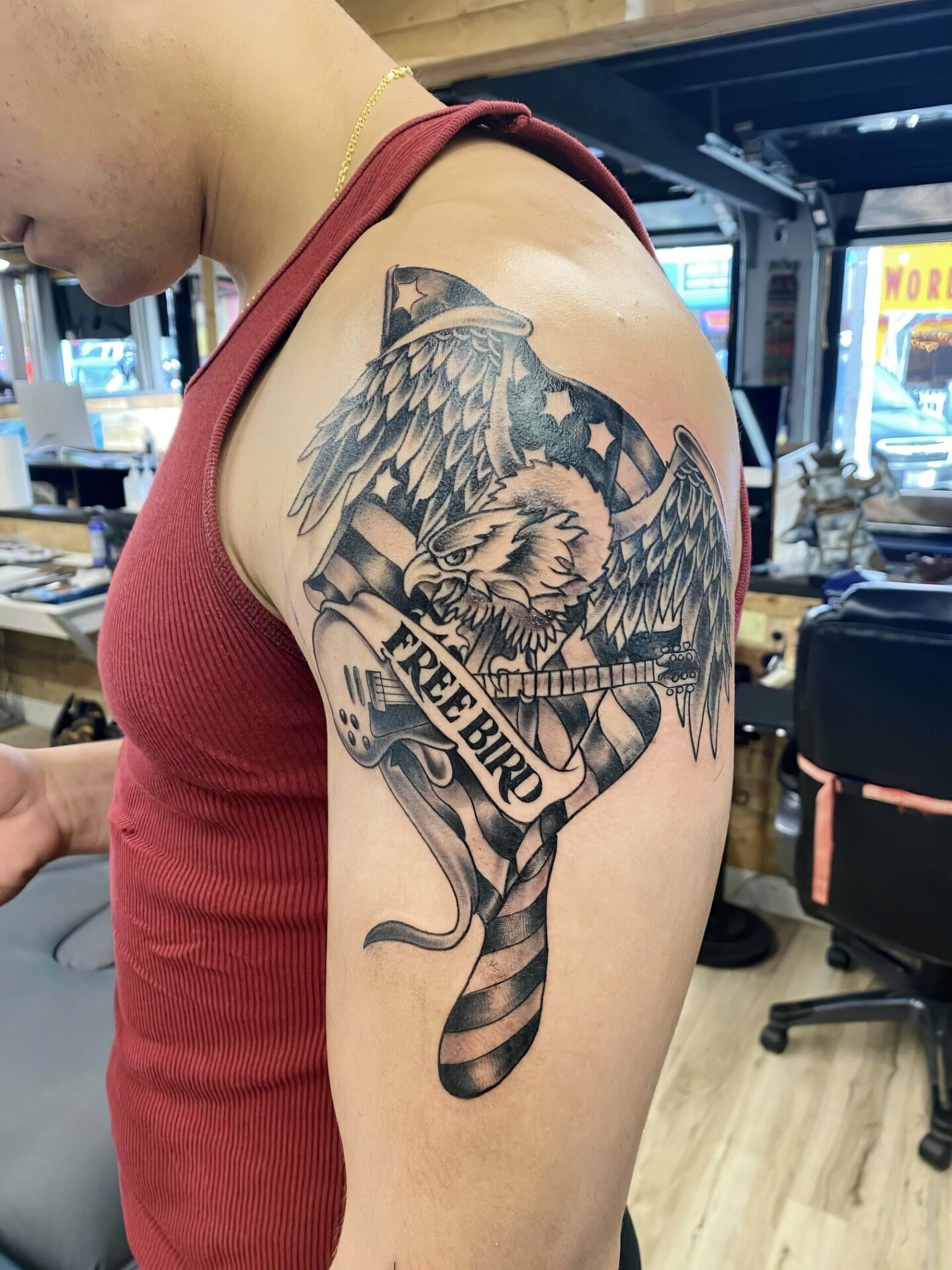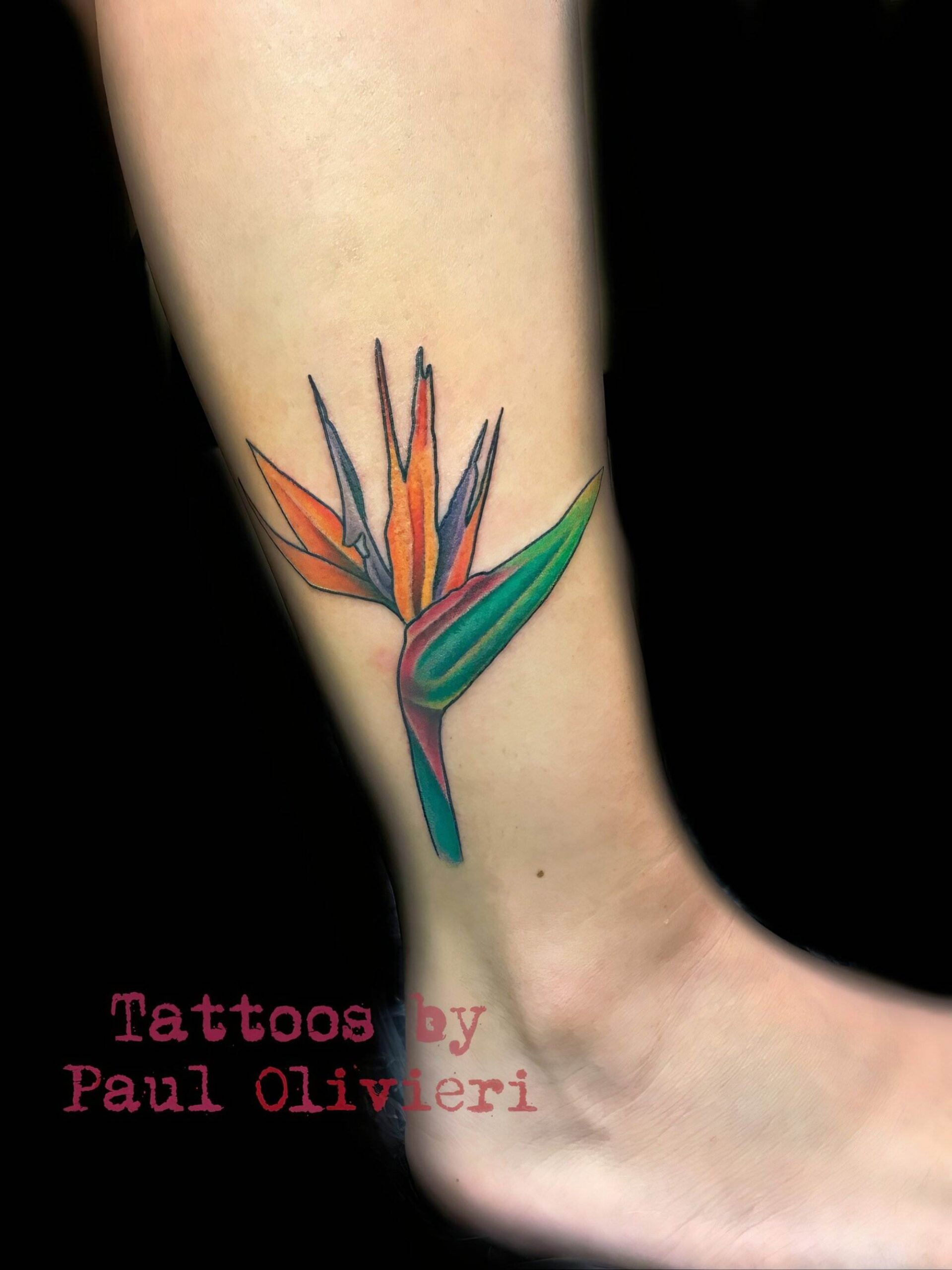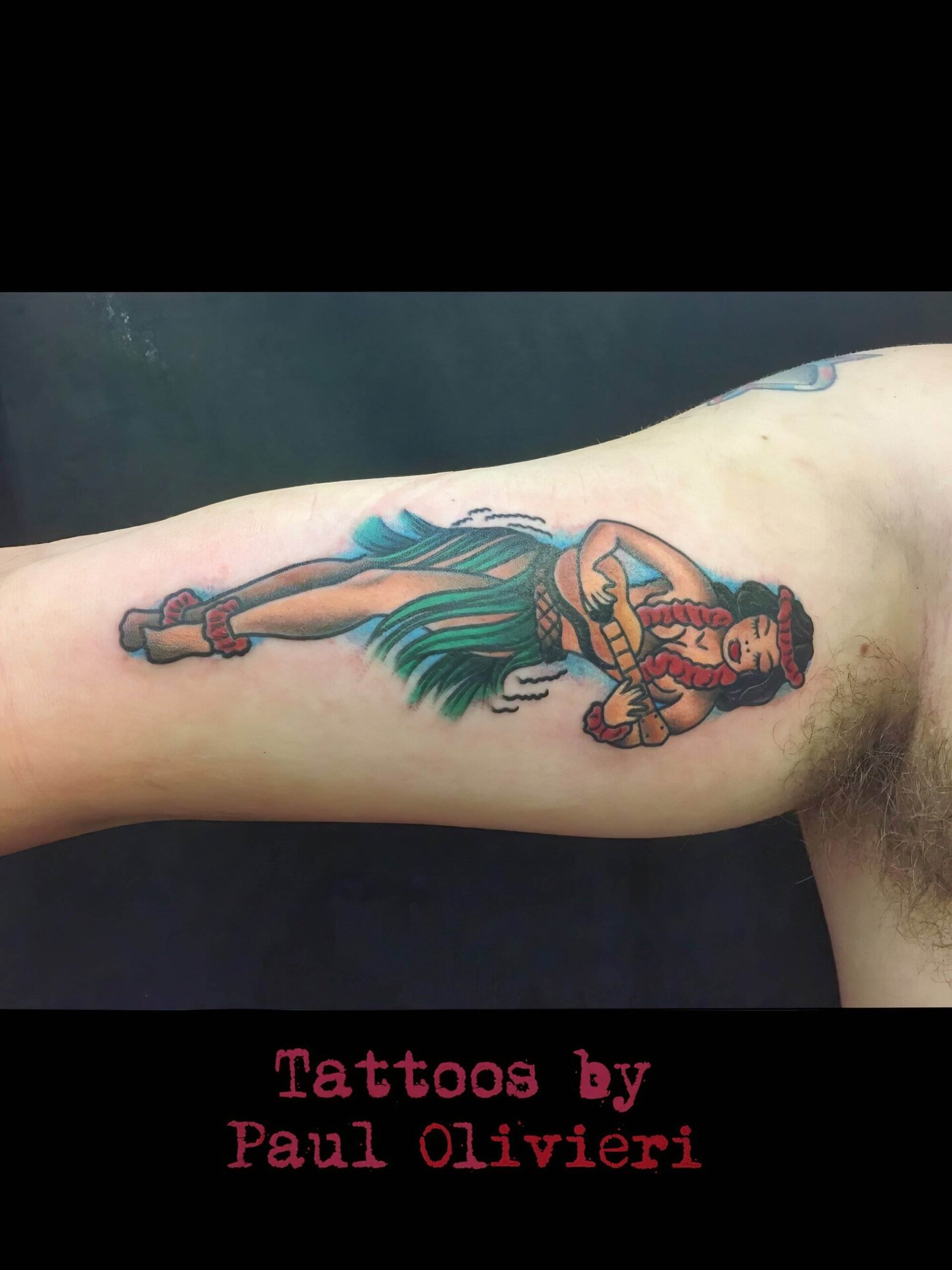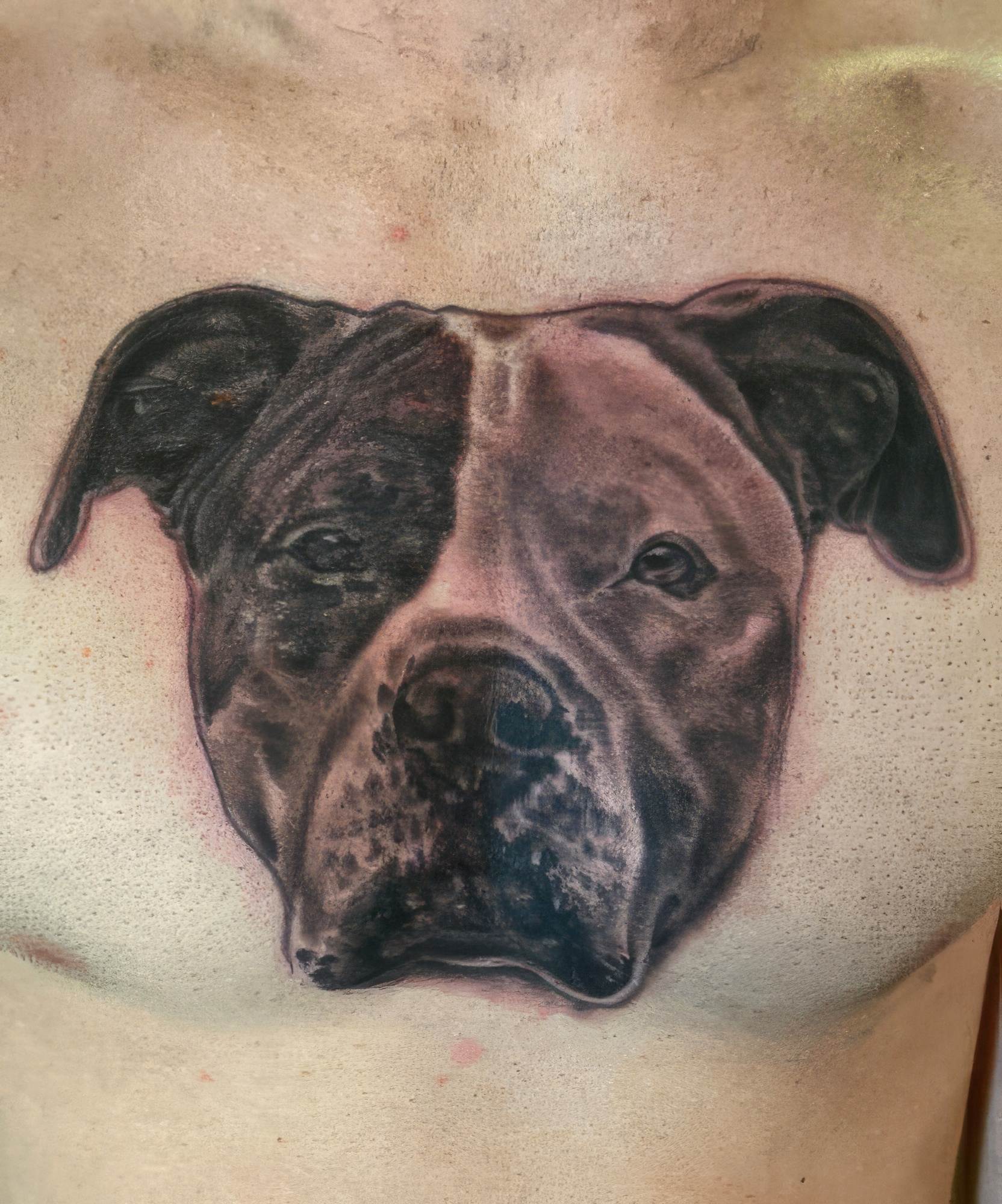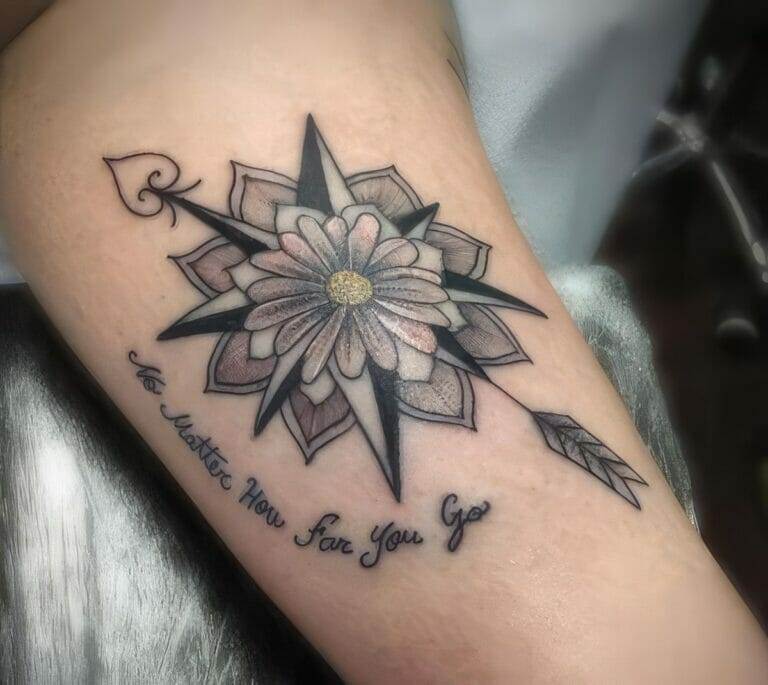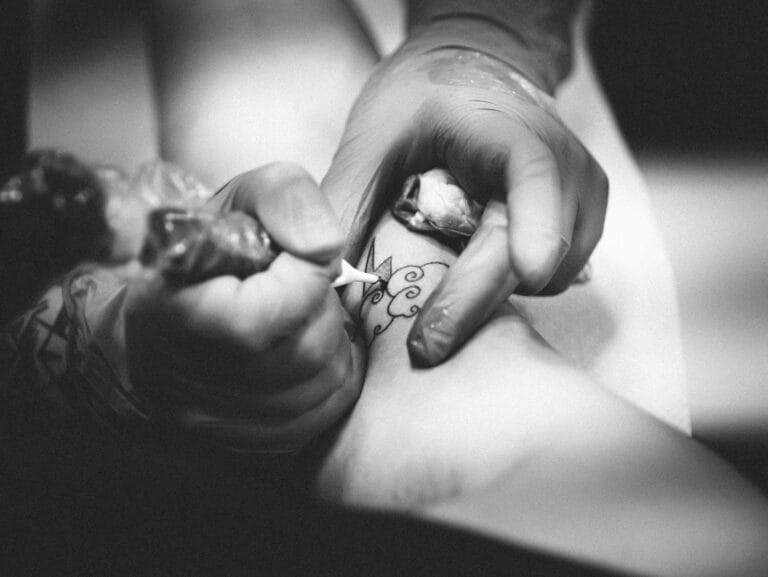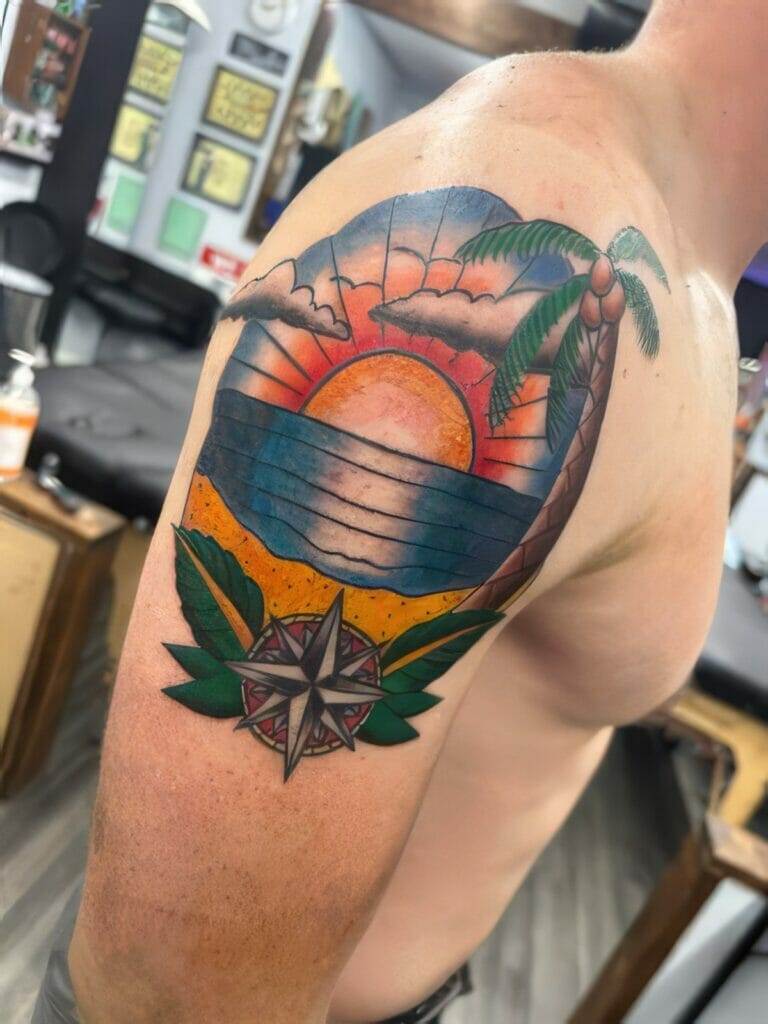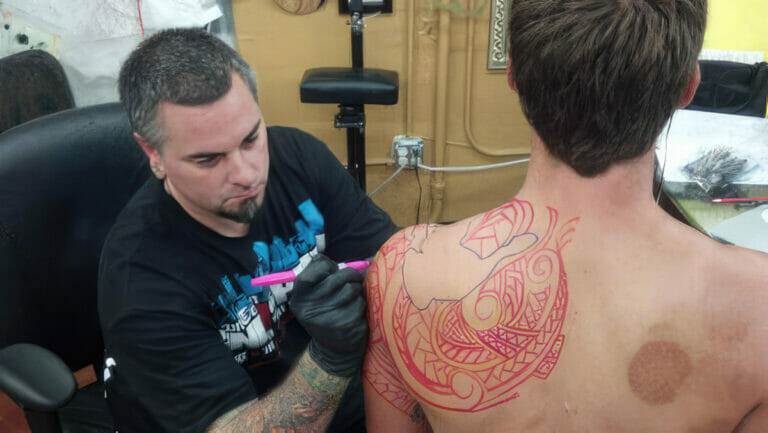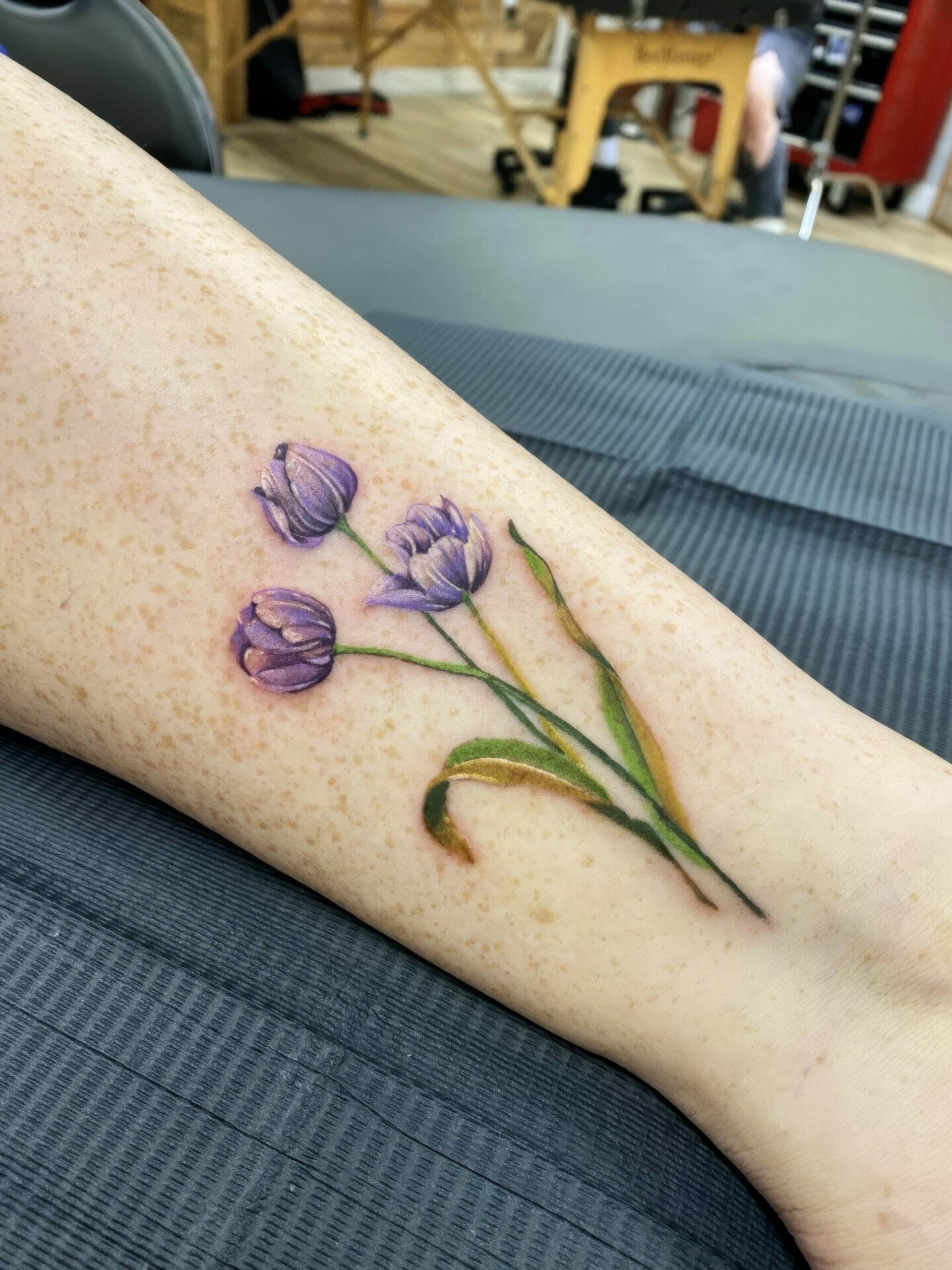
Introduction
Importance of Choosing the Right Tattoo Design
Choosing the right tattoo design is vital, as it becomes a permanent part of one’s identity. A tattoo represents not just art but also personal stories, milestones, and values. The significance of a well-thought-out design cannot be overstated; it can evoke powerful emotions or embody cherished memories. Many individuals underestimate this aspect, thinking solely about aesthetics. However, a meaningful tattoo can serve as a daily reminder of strength, resilience, or passion. For instance, one might opt for a design that symbolizes overcoming obstacles, like a phoenix rising from the ashes. Such a choice transcends mere ink on skin, intertwining the tattoo deeply with one’s personal journey.
Factors to Consider Before Getting a Tattoo
Before committing to a tattoo, several key factors should be considered to ensure satisfaction and longevity in this decision:
- Design Significance: Reflect on what the chosen design means to you. Will it still hold meaning in five or ten years?
- Location: Different placements can affect not only visibility but also the pain level during the tattooing process.
- Size: Consider how large or small you want your tattoo to be, as this can impact the intricacy of the design.
- Artist’s Skill: Research skilled artists who can bring your vision to life, as their expertise can significantly affect the outcome.
- Health Considerations: Be aware of any allergies or skin conditions that might influence your ability to get a tattoo.
By thoughtfully assessing these factors, you set yourself on a path toward a tattoo that you will cherish for a lifetime, ensuring it aligns with your personal aesthetics and values.
Understanding Tattoo Styles
Traditional Tattoos
Traditional tattoos, often known as American Traditional or old-school tattoos, are characterized by bold lines, vibrant colors, and iconic imagery. This style has deep roots in tattoo history, capturing the essence of what many people think of when they envision a tattoo. Common motifs include:
- Roses: Symbolizing love and passion.
- Skulls: Representing mortality and the fleeting nature of life.
- Eagles: Signifying freedom and strength.
What makes traditional tattoos resonate is their simplicity and the stories they tell. Many individuals choose these designs as a nod to classic tattoo culture or as a way to pay homage to past generations. For instance, someone might select a traditional anchor design, reflecting their nautical heritage or a love of the sea.
Modern Tattoos
In contrast, modern tattoos showcase a broader range of styles influenced by cultural shifts and advancements in ink and equipment. This style can include intricate designs and techniques, such as:
- Watercolor Tattoos: Featuring soft colors that mimic a paintbrush effect.
- Geometric Designs: Utilizing shapes and lines to create stunning visual patterns.
- Realistic Portraits: These tattoos aim to replicate photographs, bringing an element of hyper-realism to the skin.
Modern tattoo enthusiasts often seek designs that are personal and unique, making them a reflection of contemporary culture and individual expression. People today are likely to opt for a design that tells their story rather than adhering strictly to traditional meanings. This vast range of styles appeals to a diverse audience and allows for greater artistic freedom. Understanding the differences between traditional and modern tattoos informs choices, ensuring that each individual finds a style that resonates with their identity and aesthetic preferences.
Researching Tattoo Artists
Finding Experienced Tattoo Artists
Once you have a clear vision of your tattoo design and style, it’s time to find the right artist to bring it to life. Selecting an experienced tattoo artist is crucial, as their skill and expertise will significantly impact the quality of the final piece. Here are some steps to guide your search:
- Research Online: Use social media platforms and tattoo-specific websites to find artists in your area. Looking at hashtags can help you discover local talent.
- Read Reviews: Customer testimonials can provide insight into the artist’s professionalism and skill level. Look for consistent praise regarding cleanliness, creativity, and attitude.
- Word of Mouth: Ask friends or community members for recommendations. Personal experiences often yield trustworthy information.
Finding an artist with a solid reputation can put your mind at ease and ensure a positive tattooing experience.
Evaluating Tattoo Artists’ Portfolio
Once you’ve identified potential artists, the next step is to evaluate their portfolios. A portfolio showcases an artist’s previous work and offers insight into their style and capabilities. Here’s how to effectively assess these portfolios:
- Diversity of Styles: Check if the artist can accommodate various styles, including traditional, modern, or custom designs. This versatility is essential, especially if you want something unique.
- Quality of Work: Look for clean lines, solid color applications, and a general understanding of anatomy. Each piece should demonstrate precision and attention to detail.
- Consistency: Determine if the artist’s portfolio shows a consistent level of quality across different pieces. This consistency indicates a reliable skill set.
Taking the time to research and evaluate tattoo artists carefully can lead to finding someone who aligns with your vision, ensuring a satisfying tattoo experience. The right artist will not only create a stunning design but also make the process enjoyable and comfortable.
Custom vs. Pre-Designed Tattoos
Pros and Cons of Custom Tattoos
When it comes to tattoos, one of the first decisions an individual faces is whether to choose a custom design or select a pre-designed option. Custom tattoos offer a tailored experience, allowing individuals to express their unique story. However, they come with both advantages and disadvantages. Pros of Custom Tattoos:
- Personalization: Every aspect, from the design elements to the colors used, reflects personal significance, ensuring the tattoo aligns closely with individual values and experiences.
- Uniqueness: Custom tattoos guarantee that the artwork is one-of-a-kind, setting the wearer apart from others.
- Creative Collaboration: Working with the artist can foster a collaborative environment, allowing for adjustments and tweaks until the design feels just right.
Cons of Custom Tattoos:
- Time-Consuming: The process of creating a custom design can require more time for both the artist and the client.
- Cost: Custom pieces may be more expensive due to the additional design work involved.
Pros and Cons of Pre-Designed Tattoos
Pre-designed tattoos offer a different approach, featuring ready-made images that can save time and often fit various budgets. Here are the pros and cons of this option: Pros of Pre-Designed Tattoos:
- Convenience: Choosing an existing design can be a quicker and more straightforward process, ideal for individuals eager to get inked.
- Affordability: Often, pre-designed tattoos come at a lower price point due to their simplicity and less time invested in the design process.
- Variety: Artists typically have a range of designs available, showcasing different styles and themes.
Cons of Pre-Designed Tattoos:
- Less Personalization: While some designs may be visually appealing, they might not carry personal significance for the wearer.
- Duplication Risk: There’s a chance that someone else may have the same tattoo, leading to a feeling of universality rather than individuality.
Ultimately, the choice between custom and pre-designed tattoos depends on personal preferences and the significance each individual places on their tattoo journey. Evaluating these pros and cons can help guide the decision-making process, ensuring the final choice aligns with one’s values and expectations.
Symbolism in Tattoo Design
Popular Tattoo Symbols
Tattoos have long served as powerful symbols, each carrying meaningful connotations that reflect the wearer’s beliefs, experiences, and aspirations. Some popular tattoo symbols resonate deeply with people due to their cultural significance and versatility. Consider the following examples:
- Infinity Symbol: Often representing limitless possibilities and eternal love, this symbol has become a favorite for many looking to convey an everlasting bond.
- Lotus Flower: In various cultures, the lotus signifies purity, enlightenment, and rebirth, making it a cherished design for those valuing personal growth.
- Anchors: A symbol of stability, strength, and perseverance, anchors are especially popular among those with a nautical background or who value steadfastness in their lives.
Each of these tattoos can serve as a reminder of core values or pivotal life experiences, turning art into a canvas of personal history.
Personalizing Symbolic Tattoos
While opting for a popular symbol can be appealing, personalizing tattoos adds a unique touch that can further enhance their meaning. Here’s how individuals can customize their symbolic tattoos to resonate more with their individual journeys:
- Integrating Initials or Names: Incorporating personal names or initials transforms a generic symbol into a heartfelt homage to loved ones.
- Adding Elements: Layering additional elements, like a date or a different motif, can provide context. For example, surrounding an infinity symbol with stars may symbolize guidance and hope.
- Choosing Colors: Different colors carry various meanings; selecting unique colors for the design can add a personal flair. For instance, choosing blue for calm or red for passion can render the tattoo more meaningful.
By personalizing symbolic tattoos, individuals can create a distinctive piece of art that not only looks beautiful but also encapsulates their unique story, beliefs, and aspirations. This blend of artistry and significance ensures the tattoo remains a cherished aspect of their identity for years to come.
Tattoo Placement Considerations
Factors to Consider for Tattoo Placement
Choosing the right placement for a tattoo is as important as the design itself. The location of a tattoo can affect not only its visibility but also the pain level during the process. Here are some crucial factors to consider when deciding where to place your tattoo:
- Visibility: Consider whether you want the tattoo to be openly displayed or easily covered. Tattoos on the forearm or wrist are more visible compared to those on the back or thighs.
- Pain Levels: Different areas of the body have varying levels of pain sensitivity. Bony areas such as the ribs or ankle tend to be more painful than meatier areas like the upper arm or thigh.
- Lifestyle and Profession: Think about your career and daily life. Some workplaces may have strict attire policies regarding visible tattoos, so placement may need to align with professional expectations.
- Aging and Skin Changes: The skin naturally changes over time, especially in areas that see more sun. Consider how your chosen placement may age and whether the design can adapt with it.
Meaning Behind Different Tattoo Placements
Beyond practical considerations, tattoo placement can carry deep symbolic meanings. Understanding the implications of where you choose to position your tattoo can offer additional layers of personal significance. For example:
- Heart Placement: A tattoo over the heart often symbolizes love and deep emotional connections, making it a popular choice for designs related to family or relationships.
- Wrist or Forearm Placement: These locations are commonly seen as symbols of openness and vulnerability, making them fitting for tattoos that signify personal struggles or milestones.
- Back Placement: This area symbolizes protection and support—ideal for tattoos that serve as a reminder of inner strength or for larger pieces that tell a more extensive story.
By carefully considering both the practical elements and the meanings behind tattoo placement, individuals can ensure their tattoos not only reflect personal beliefs but also harmonize with their life journey, providing a deeper connection to their body art.
Cultural and Religious Influences
Understanding Cultural Significance in Tattoos
Tattoos have long been a means of self-expression and storytelling across cultures. Each culture brings its own rich symbolism and traditions around tattooing, which can significantly influence design choices. Understanding this cultural significance is essential for anyone considering a tattoo that draws from diverse backgrounds. For example:
- Maori Tattoos: In Māori culture, tattoos, or “ta moko,” are rich in history and are often seen as a rite of passage. Each pattern tells a unique story about the individual’s ancestry, tribal affiliation, and social status.
- Japanese Tattoos: Known as “Irezumi,” Japanese tattoos often depict elaborate designs featuring koi fish, dragons, or cherry blossoms. These designs serve not only as art but also as symbols of strength, perseverance, and beauty.
- Native American Tattoos: Within many Native American tribes, tattoos have been used to signify important life events or as marks of protection and healing.
Understanding these cultural contexts can deepen the meaning behind the tattoo while avoiding the appropriation of traditions that may not belong to the wearer.
Respectfully Incorporating Religious Symbols
Incorporating religious symbols into tattoo designs requires sensitivity and respect, as these symbols hold deep significance for many individuals. Popular religious symbols often include:
- Crosses: Representing faith and sacrifice in Christianity, crosses can be deeply personal, symbolizing one’s relationship with spirituality.
- Om Symbol: In Hinduism and Buddhism, the “Om” symbolizes the essence of the universe, conveying a sense of peace and awareness.
- Feathers: Often rooted in various indigenous traditions, feathers can symbolize a connection to spirituality and a higher power.
To respectfully incorporate religious symbols, one should:
- Research: Understand the significance of the symbol in its cultural or religious context.
- Consult with Faith Leaders: If in doubt, discussing the intended tattoo with knowledgeable members of the faith community can provide insight and guidance.
- Personalize Meaning: Add elements that reflect your own spiritual journey or beliefs, ensuring that the tattoo expresses a personal connection.
By honoring these cultural and religious aspects, tattoo enthusiasts can create meaningful body art that celebrates their identity while respecting the traditions and histories of others. This mindfulness can lead to a more authentic and enriching tattoo experience.
Tattoo Aftercare and Maintenance
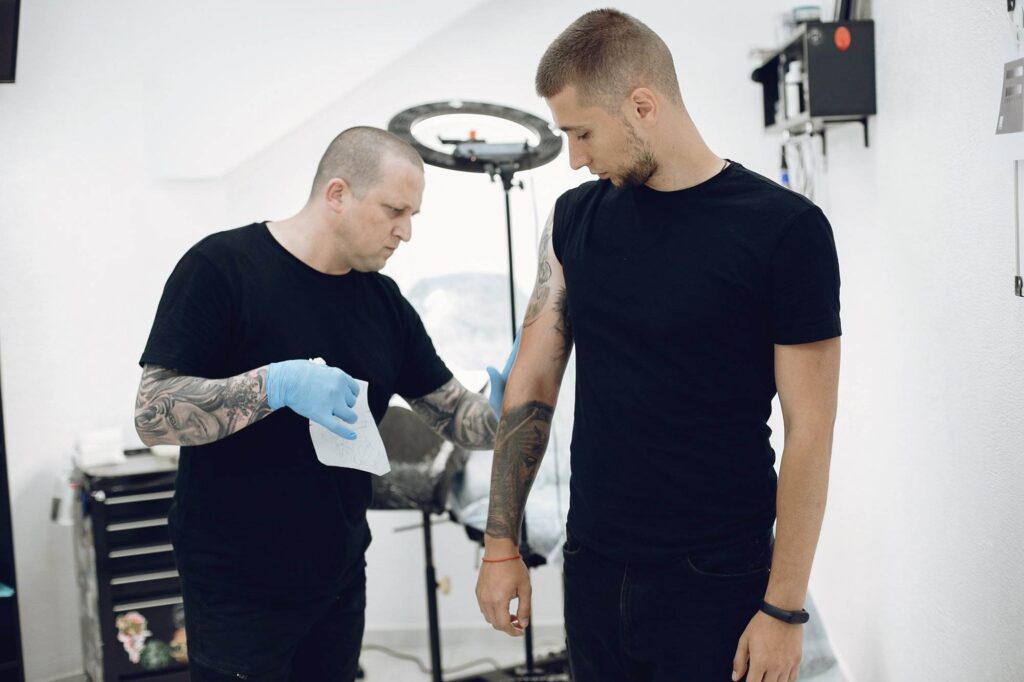
Importance of Proper Tattoo Care
After getting a tattoo, the journey doesn’t end once you leave the studio. Proper aftercare is crucial for ensuring that your new ink heals correctly and maintains its vibrancy over time. In the days and weeks following your tattoo session, your skin will go through various healing stages. Neglecting aftercare can lead to complications such as infections or fading, which can tarnish the artwork and its meaning. Tending to your tattoo is akin to a nurturing relationship; it requires attention and care. The following points highlight the importance of proper tattoo aftercare:
- Healthy Healing: Good aftercare can minimize scabbing and help the tattoo heal smoothly, allowing the artist’s work to shine through.
- Preventing Infections: Keeping the tattoo clean and moisturized reduces the risk of infections, which can lead to permanent damage.
- Retaining Color: Consistent aftercare helps preserve the vibrancy and clarity of the ink, ensuring it looks as great as the day it was done.
Tips for Long-lasting Tattoo Vibrancy
To keep your tattoo looking fresh and vibrant, consider these essential tips:
- Follow Aftercare Instructions: Your tattoo artist will provide specific aftercare guidelines. Following these precisely, particularly during the first two weeks, is crucial.
- Keep It Clean: Gently wash the tattoo with mild soap and water, and pat it dry with a clean towel.
- Moisturize: Use a recommended tattoo aftercare ointment or a fragrance-free moisturizer to keep the skin hydrated.
- Avoid Sun Exposure: Protect your tattoo from direct sunlight, especially in the healing phase. Once healed, always apply sunscreen to maintain the ink’s vibrancy.
- Stay Hydrated: Drinking plenty of water keeps your skin healthy and supports the tattoo’s appearance.
By diligently caring for your tattoo and following these tips, individuals can celebrate their body art for years to come. A vibrant tattoo not only reflects personal significance but also serves as a source of pride and joy, reminding the wearer of their journey and identity with each glance.

